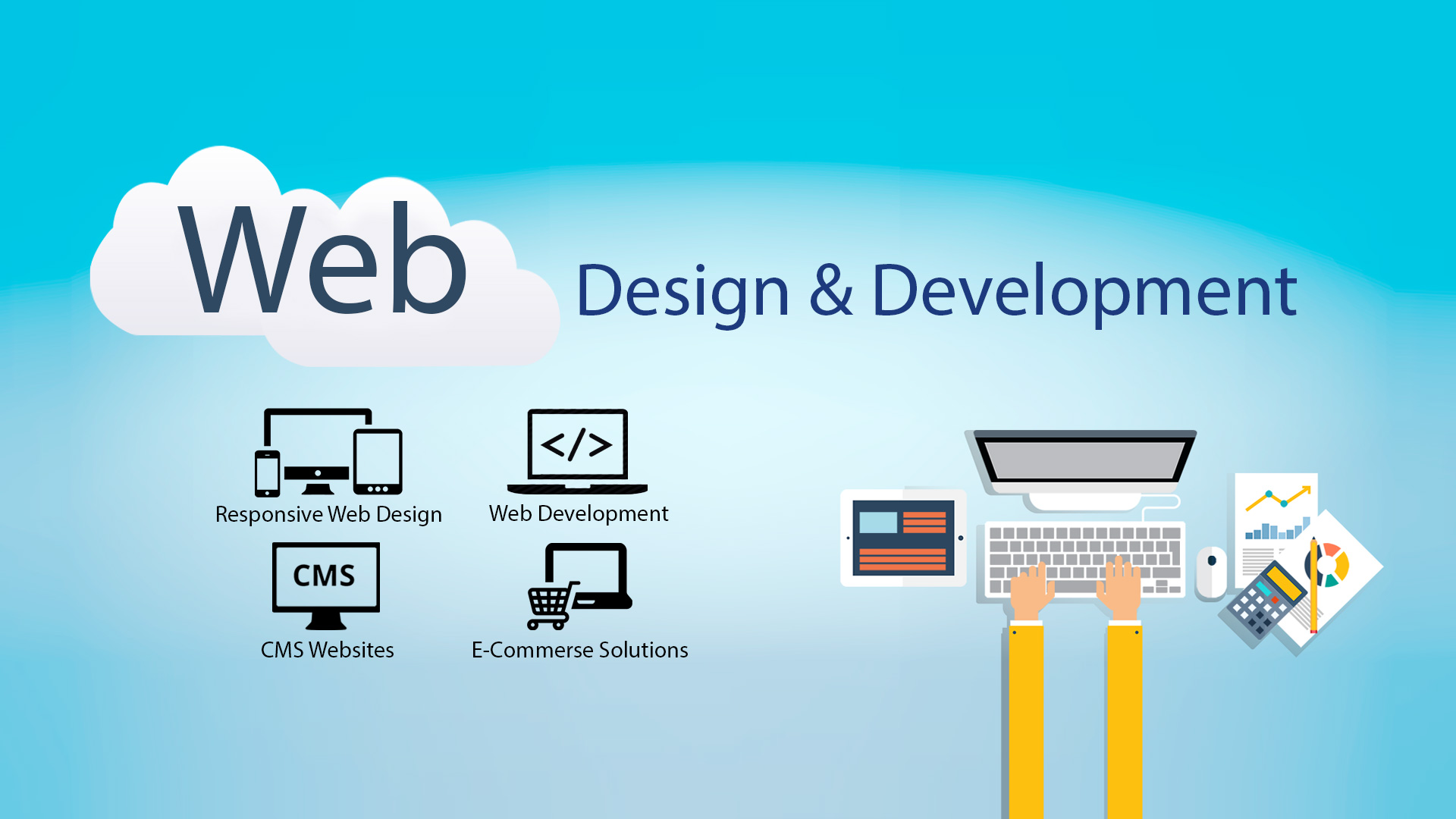Unlocking the Future: A Deep Dive into Web3 Development
qatt.cc
- 0

In recent years, the concept of Web3 has emerged as a revolutionary force in the digital landscape, promising a new era of internet technologies that empower users like never before. This shift from traditional centralized systems to decentralized networks is not just a theoretical idea; it is paving the way for innovative applications and services that prioritize user control, privacy, and ownership. As we embark on this transformative journey, Web3 development has become a focal point for developers, businesses, and enthusiasts eager to explore the potential of this next-generation web.
The rise of blockchain technology, smart contracts, and decentralized applications is reshaping the way we think about online interactions and transactions. Web3 development is at the forefront of this change, offering unique opportunities to create solutions that connect people in more meaningful and secure ways. Whether it’s through creating decentralized finance platforms, NFTs, or community-driven governance structures, the possibilities are nearly limitless. As we delve deeper into this topic, we will uncover the principles, tools, and trends that define Web3 development and how they are set to unlock the future of the internet.
Understanding Web3: The Next Internet Revolution
Web3 represents a transformative phase in the evolution of the internet, shifting from a centralized model to a decentralized one. This new paradigm empowers users by giving them greater control over their data and privacy, reducing reliance on traditional intermediaries. By leveraging blockchain technology, Web3 allows for peer-to-peer interactions where individuals can connect directly, creating a more transparent and equitable digital landscape.
At the core of Web3 development is the idea of decentralization, which enables innovative applications to operate without central authorities. This shift not only enhances security but also promotes user autonomy, as individuals can manage their digital identities and transactions without the need for third-party validation. Developers in the Web3 space are adopting various blockchain protocols and smart contracts to build decentralized applications, often referred to as dApps, that cater to diverse industries including finance, gaming, and social networks. thirdweb
Moreover, Web3 has the potential to reshape how businesses and communities interact online. By utilizing decentralized finance, or DeFi, users can engage in financial activities without going through conventional banks. Community governance models, often implemented through decentralized autonomous organizations, provide users with direct input on decision-making processes. This shift towards a user-centric approach is set to revolutionize engagement, collaboration, and monetization in the digital sphere, marking a significant milestone in the ongoing development of the internet.
Key Technologies Driving Web3 Development
Web3 development is primarily characterized by the integration of blockchain technology, which serves as the backbone of decentralized applications. Blockchains provide a secure, immutable ledger for transactions and data storage, ensuring transparency and trust amongst users. This technology facilitates peer-to-peer interactions without the need for intermediaries, fostering a new era of decentralized finance, social platforms, and content sharing. The smart contract functionality of platforms like Ethereum further enhances Web3 development by allowing developers to create programmable agreements that execute automatically when certain conditions are met.
Another significant technology propelling Web3 development is decentralized storage solutions such as IPFS and Filecoin. These platforms enable users to store and share files in a distributed manner, eliminating the reliance on traditional servers. By leveraging a network of nodes, decentralized storage enhances data availability and resilience against censorship. This shift allows developers to build applications that prioritize user privacy and control over their own data, aligning with the core principles of Web3.
Furthermore, cryptographic innovations play a vital role in the security and functionality of Web3. Technologies like zero-knowledge proofs enable users to prove ownership and authenticity without revealing sensitive information, enhancing privacy in decentralized applications. Additionally, advancements in token standards and interoperability protocols, such as ERC-20 and ERC-721, allow for a more seamless integration of various digital assets and services. Together, these key technologies form the foundation of Web3 development, driving the shift toward a more decentralized and user-centric internet.
Challenges and Opportunities in Web3 Ecosystem
The Web3 ecosystem faces several challenges that developers must navigate to realize its potential. One significant hurdle is scalability. As more users engage with decentralized applications, the underlying blockchain networks can experience congestion. This leads to slower transaction times and higher fees, which can deter new users and hinder widespread adoption. Additionally, the technical complexity of developing on blockchain platforms poses a barrier for many traditional developers who may not be familiar with concepts such as smart contracts and decentralized storage solutions.
Despite these challenges, the opportunities within the Web3 ecosystem are immense. Developers can create decentralized applications that empower individuals with greater control over their data and digital identities. This shift from centralized control to decentralized networks promotes innovation and inclusivity. Moreover, the rise of decentralized finance and non-fungible tokens has opened new markets, allowing developers to experiment with economic models that were previously unattainable in traditional systems.
Furthermore, the growing interest from investors and major corporations offers support for the development of Web3 tools and technologies. This influx of resources enables the creation of better infrastructure for developers, enhancing user experience and functionality. As the landscape continues to evolve, those who embrace the challenges and seize the opportunities within the Web3 ecosystem can lead the charge in shaping a more decentralized and user-centric internet.